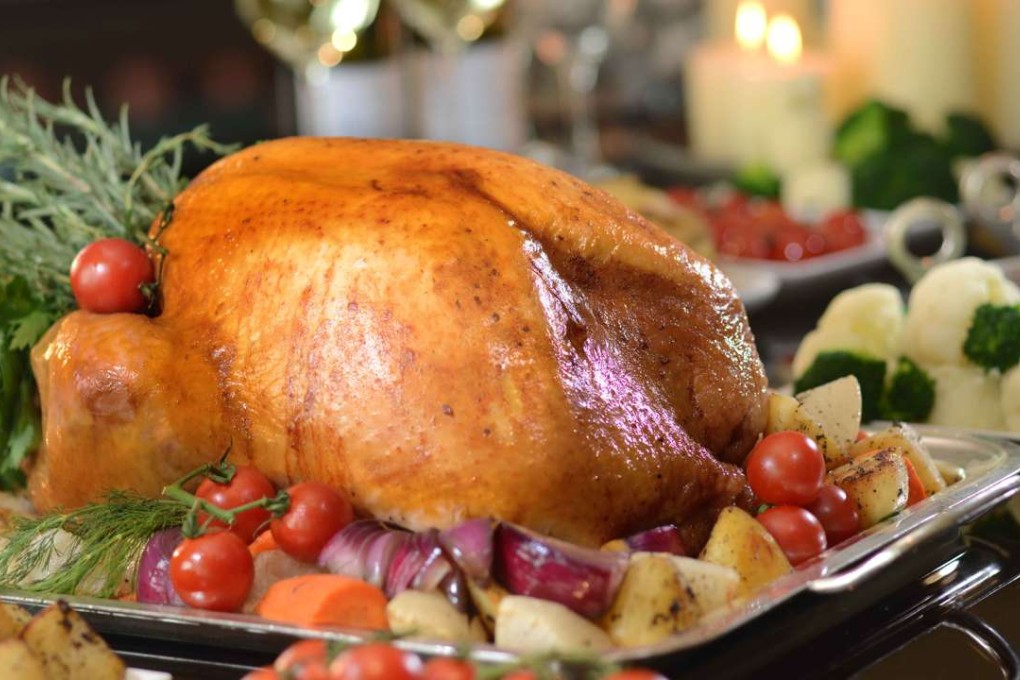How to cook a Christmas turkey so it won't poison anyone: four easy rules
Following the tragic food poisoning outbreak at Dan Ryan’s, here are some professional tips for safely preparing and roasting that Christmas turkey

The tragic death of domestic helper Miguela Secolles, 42, after eating a Thanksgiving dinner at Dan Ryan’s may have some worried about the safety of their Christmas dinner.
The cause of death has not yet been established, but at least 50 people fell ill with food poisoning after eating the celebration meal in Dan Ryan’s Harbour City outlet. Salmonella D has been found in stool samples from three patients.

Salmonella D is the most common form of salmonella gastroenteritis. It is found in many domestic and wild animals. Intensive farming methods are thought to have led to an increase of prevalence in farm animals. The contamination occurs from faeces and washing products in contaminated water.
Contaminated meat looks and smells normal.